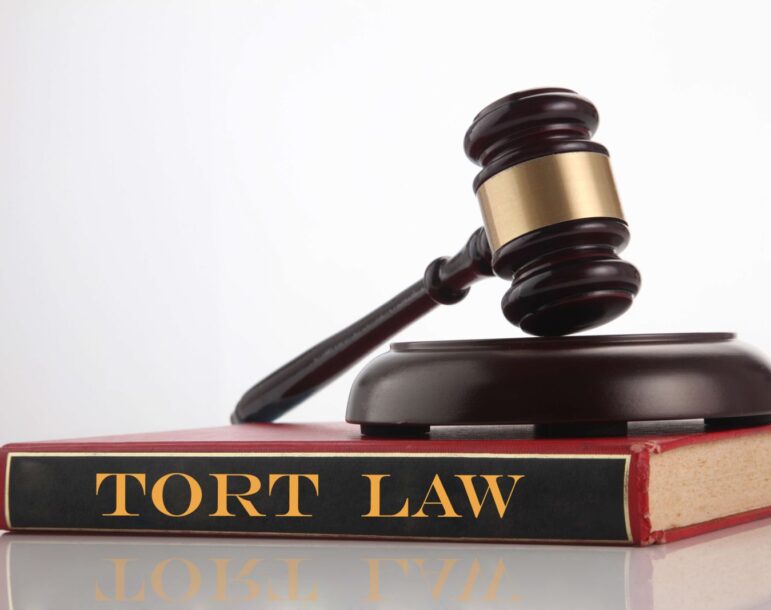When it comes to legal matters involving multiple plaintiffs seeking compensation for similar injuries or damages, two terms that often come up are “mass torts” and “class action lawsuits.” While these terms are sometimes used interchangeably, they represent distinct legal processes with unique characteristics. Understanding the differences between mass torts and class action lawsuits is crucial for individuals involved in such cases. In this blog post, we’ll explore these differences in detail, shedding light on key aspects of each process.
What Are Mass Torts?
Mass torts refer to civil actions involving numerous plaintiffs who have suffered harm from a common defendant or product. These cases typically arise when individuals are injured by the same defective product, such as a medical device, pharmaceutical drug, or hazardous substance. In mass torts, each plaintiff’s claim is considered individually, and outcomes can vary based on factors such as the severity of the injuries and the extent of liability attributed to the defendant.
Key Characteristics of Mass Torts:
Individualized Claims:
Unlike class action lawsuits, where plaintiffs are treated as a group, mass torts involve individual claims that are evaluated separately. Each plaintiff’s circumstances, injuries, and damages are considered independently in court.
Diverse Injuries:
Mass torts often involve plaintiffs who have suffered a wide range of injuries or damages from the same product or incident. This diversity of harm may require more specialized legal expertise to address effectively.
Flexibility in Settlements: Mass tort litigation allows for more flexibility in negotiating settlements, as each plaintiff’s case is unique. Settlement amounts can vary based on the specific circumstances of the individual claims.
What Are Class Action Lawsuits?
Class action lawsuits are legal actions brought by a representative plaintiff on behalf of a larger group of individuals who have suffered similar harm or damages. These cases are typically pursued when numerous individuals have been affected by the same wrongful conduct, such as consumer fraud, employment discrimination, or environmental contamination. In class actions, plaintiffs are treated as a collective group, and a single court decision applies to all members of the class.
Key Characteristics of Class Action Lawsuits:
Representative Plaintiffs:
Class action lawsuits are initiated by one or more representative plaintiffs who file suit on behalf of the entire class. These plaintiffs must adequately represent the interests of the class members and obtain court approval to proceed with the case.
Class Certification:
Before a class action lawsuit can proceed, the court must certify the class, confirming that the case meets certain criteria, such as numerosity, commonality, typicality, and adequacy of representation.
Binding Settlements:
In class action lawsuits, settlements reached between the parties are binding on all class members, unless they choose to opt out of the class. This means that class members are generally bound by the terms of the settlement, even if they did not actively participate in the litigation.
Conclusion:
In conclusion, while mass torts and class action lawsuits share some similarities, they represent distinct legal mechanisms with unique characteristics and procedures. Understanding the differences between these two types of litigation is essential for individuals navigating the complexities of civil law and seeking justice for injuries or damages suffered. By providing clear and informative content on these topics, legal professionals can empower individuals to make informed decisions and take appropriate action in pursuing legal remedies.
Contact a Local Lawyer
If you have sustained damages because of one party’s negligence, don’t hesitate to seek legal representation to hold the at-fault parties accountable and pursue the compensation you deserve. By taking action and asserting your rights, you can secure the financial resources needed to recover from your injuries and move forward with your life.
Remember, you’re not alone in this process. Our experienced legal team is here to guide you through every step of the journey, advocating fiercely on your behalf and fighting for the justice and compensation you deserve.
Get in touch with us so we can evaluate your case for free. Call PMR Law at 832-844-6428 and a member of our team will get in touch with you immediately.
PMR Law is considered one of the Best Law Firms in America, by Rue Ratings. Several of our attorneys have been given the honor of being named Super Lawyers by Thomson Reuters. The American Institute of Personal Injury Attorneys has named our attorneys 10 Best in Client Satisfaction. Speaking of personal injury, Attorney and Practice Magazine awarded our attorneys with Top 10 Personal Injury Attorney distinctions. The National Trial Lawyers have named three of our attorneys as Top 100 attorneys. The Academy of Attorneys has named two of our attorneys as Top 40 Under 40. Our attorneys have been recognized as Best Attorneys of America, by Rue Ratings. PMR Law is a proud member of the Multi-Million Dollar Advocate Forum. Houstonia Magazine has named two of our attorneys as Top Lawyers in Personal Injury. Forbes Advisor has recognized PMR Law attorneys in their Best Truck Accident Lawyers of Houston. Texas Lawyer magazine has named PMR Law as the #1 Personal Injury Law Firm in Houston.

